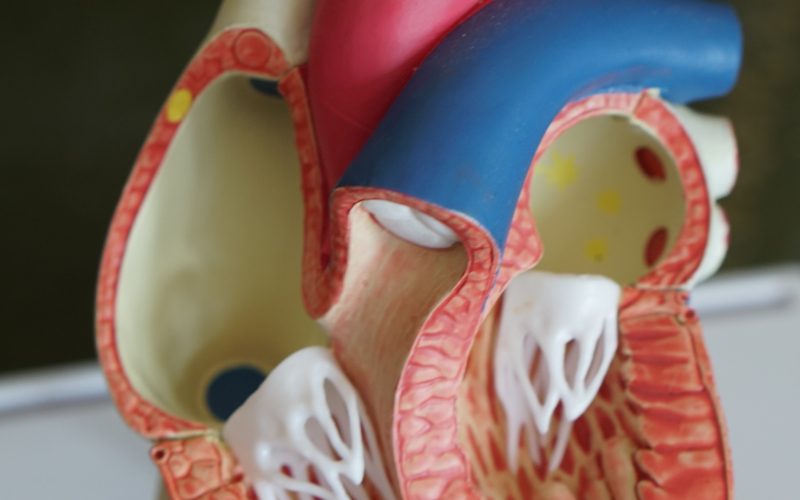It’s no secret that America has a reputation for being the land of plenty, but with abundance often comes excess – and unfortunately, that includes health problems. From heart disease to cancer, there are several common diseases in America that affect millions of people every year. In this blog post, we’ll explore the top seven ailments plaguing our population and what you need to know about preventing them! So grab a cup of coffee (or green tea) and get ready to learn how you can stay healthy and avoid these common diseases.
Heart Disease
Heart disease is the leading cause of death in the United States, accounting for about one in every four deaths. Every year, about 735,000 Americans have a heart attack. Of these, about 525,000 are first heart attacks and 210,000 happen in people who have already had a heart attack.
Coronary heart disease (CHD) is the most common type of heart disease, killing more than 380,000 people annually. CHD happens when plaque builds up in the coronary arteries, which supply blood to the heart muscle. This buildup narrows the arteries and can reduce blood flow to the heart muscle, leading to chest pain (angina), shortness of breath, and other symptoms. If the plaque ruptures, it can cause a sudden blockage of blood flow to the heart muscle (heart attack).
There are many risk factors for CHD, including high cholesterol, high blood pressure, smoking, diabetes, and obesity. Some risk factors cannot be changed or controlled (e.g., family history or age), but others can be managed through lifestyle changes or medication. Making healthy choices—such as eating a healthy diet and exercising regularly—can help reduce your risk for CHD.
Cancer
Cancer is one of the most common diseases in America. In fact, cancer is the second leading cause of death in the US, behind only heart disease.
There are many different types of cancer, but some of the most common include breast cancer, lung cancer, and colon cancer. Cancer can be caused by a variety of factors, including genetics, lifestyle choices, and environmental factors.
There are a number of ways to prevent cancer, including eating a healthy diet, exercising regularly, and avoiding tobacco use. If you are diagnosed with cancer, there are a number of treatment options available, including surgery, chemotherapy, and radiation therapy.
Alzheimer’s Disease
Alzheimer’s Disease is the most common form of dementia, accounting for 60-80% of all cases. It is a degenerative neurological disorder characterized by memory loss, impaired thinking and changes in behavior. The disease typically affects people over the age of 65, although early onset Alzheimer’s (EOAD) can occur in people as young as 40. Symptoms of Alzheimer’s include forgetfulness, confusion, difficulty speaking and difficulty with basic tasks such as dressing or bathing. As the disease progresses, patients may experience delusions, hallucinations and ultimately become bedridden and require 24-hour care. There is no cure for Alzheimer’s disease and it is fatal. Treatment focuses on symptom management and supporting patients and caregivers.
Diabetes
There are two types of diabetes – Type 1 and Type 2. Type 1 diabetes is where your pancreas doesn’t produce insulin. This is usually diagnosed in children or young adults. With Type 2 diabetes, your pancreas doesn’t produce enough insulin or your cells have become resistant to insulin. This is the most common form of diabetes and is often diagnosed in adults over the age of 40.
If you have diabetes, it means that your blood sugar levels are high. Over time, this can damage your nerves and blood vessels, which can lead to serious health problems such as heart disease, stroke, kidney disease, blindness, and amputation.
There’s no cure for diabetes, but it can be managed through lifestyle changes and medication. By making healthy choices and working with your healthcare team, you can live a long and healthy life with diabetes.
Obesity
Obesity is a medical condition in which excess body fat has accumulated to the extent that it may have a negative effect on health. Obesity is most commonly caused by a combination of overeating, sedentary lifestyle, and genetic factors.
Obesity increases the risk of many serious health conditions, including heart disease, stroke, diabetes, and certain types of cancer. If you are obese, you can reduce your risk of developing these and other health problems by losing weight.
There are a number of ways to lose weight, and the best approach for you will depend on your individual circumstances. You may need to make changes to your diet and exercise habits. You may also need to take medication or have surgery if other methods haven’t worked.
Stroke
There are many different types of strokes, but they all essentially involve the interruption of blood flow to the brain. This can be due to a clot in one of the arteries that supply blood to the brain (ischemic stroke), bleeding in or around the brain (hemorrhagic stroke), or a sudden change in blood pressure that causes the brain to become deprived of oxygen (transient ischemic attack).
Strokes are a leading cause of death and disability in America, with about 800,000 people experiencing a new or recurrent stroke each year. Stroke is a medical emergency, and prompt treatment is essential for minimizing brain damage and maximizing recovery.
Arthritis
Arthritis is one of the most common diseases in America, affecting more than 50 million adults. There are many different types of arthritis, but the most common form is osteoarthritis. This type of arthritis occurs when the cartilage between the joints breaks down, causing the bones to rub against each other. This can lead to pain, stiffness, and swelling in the joints.












